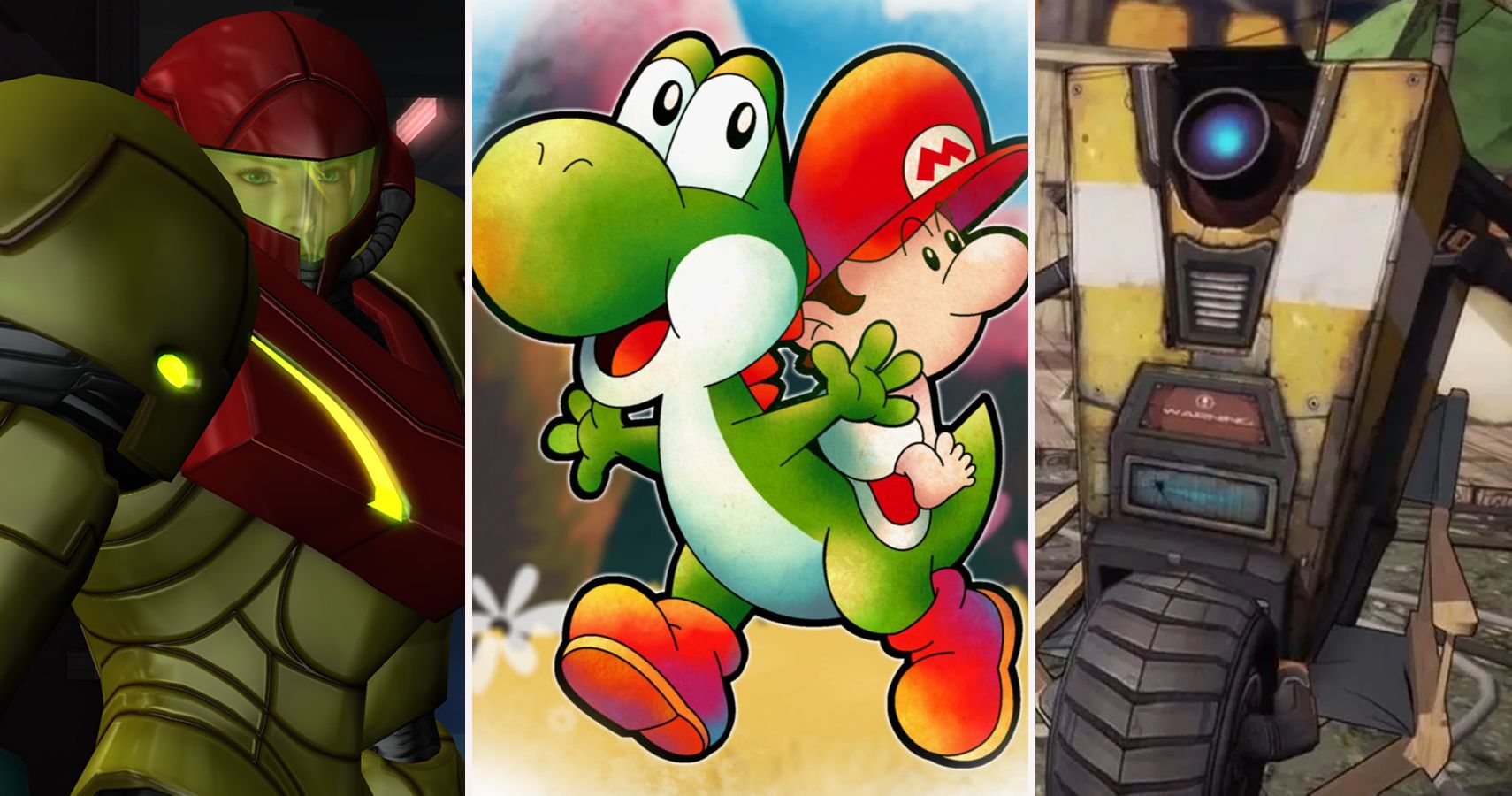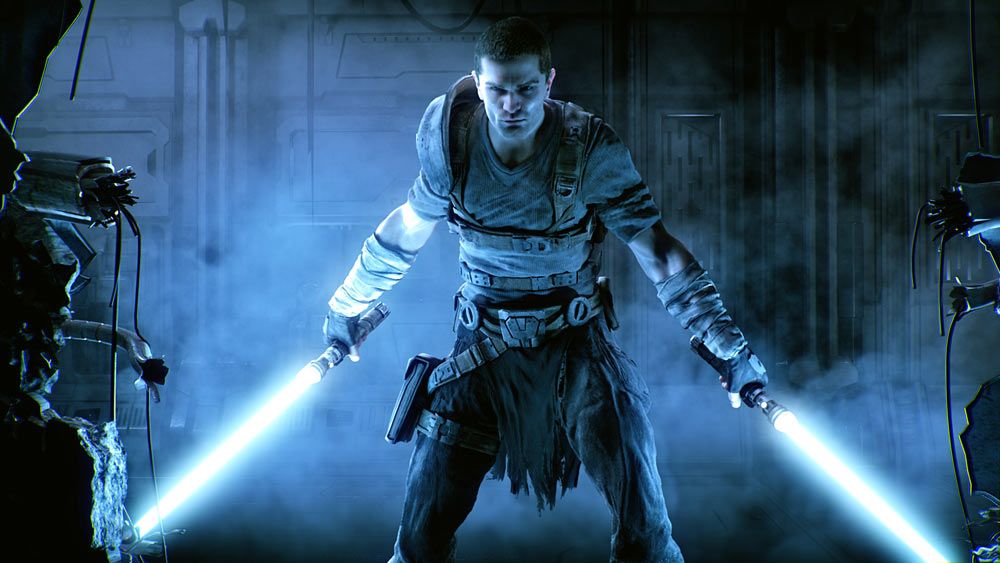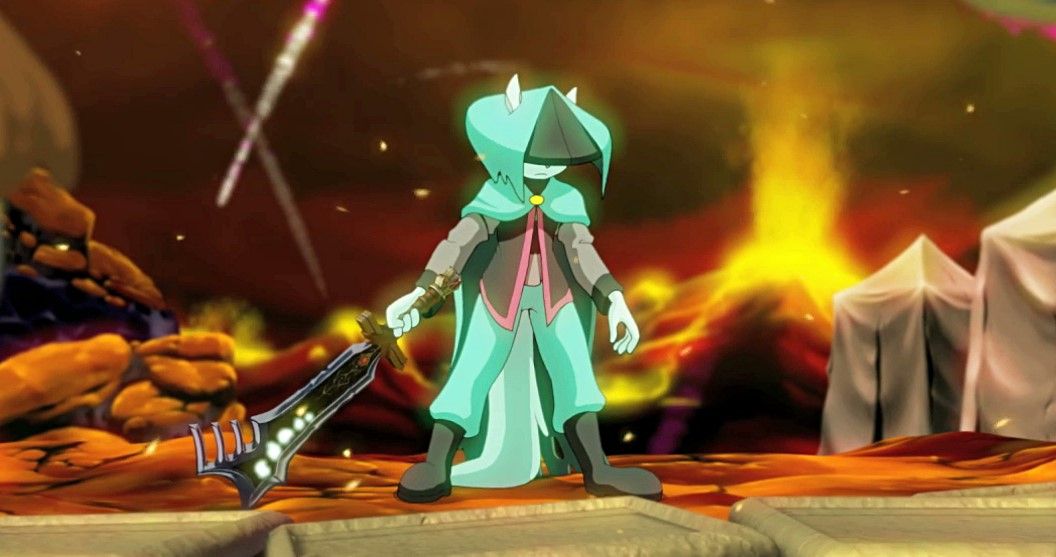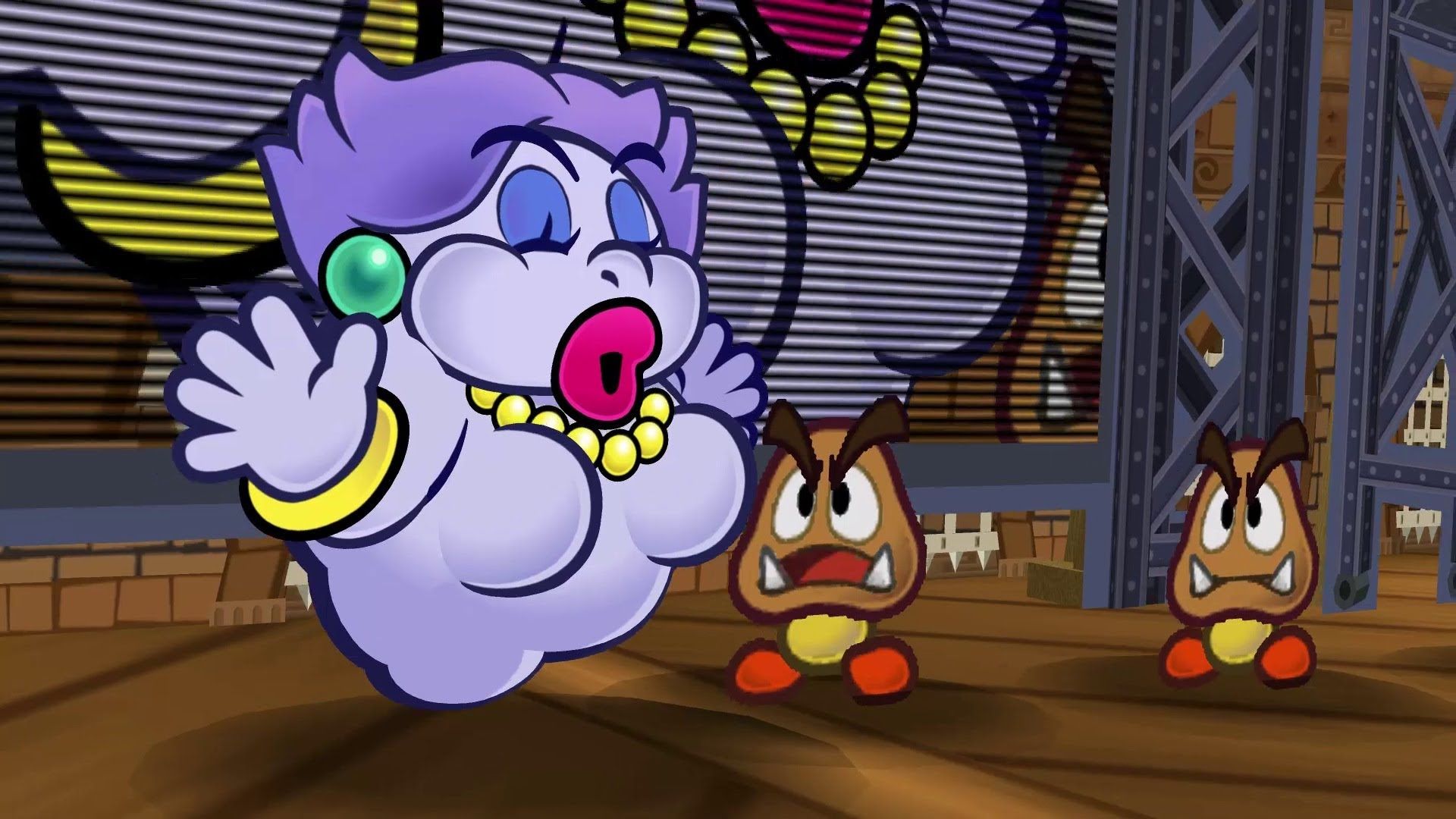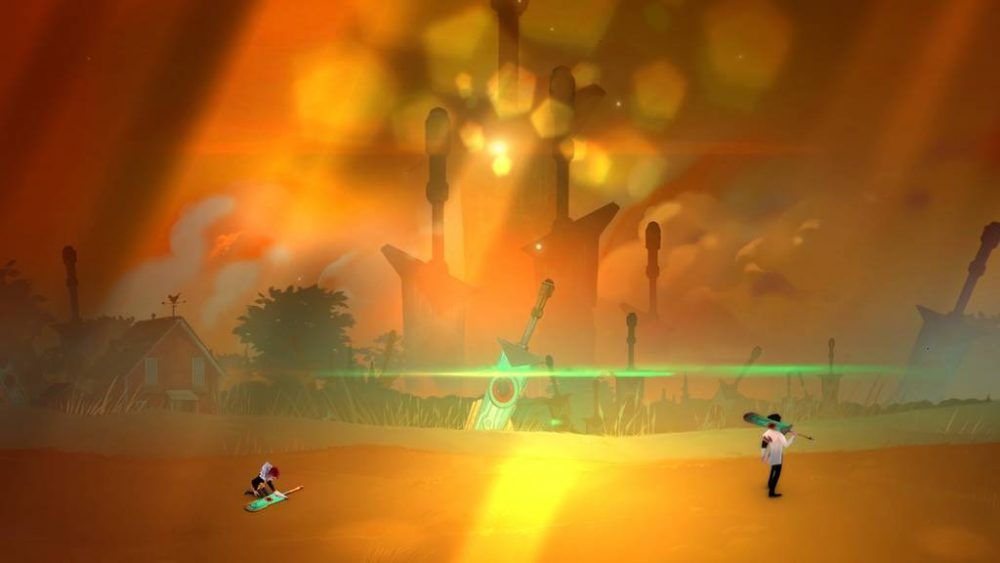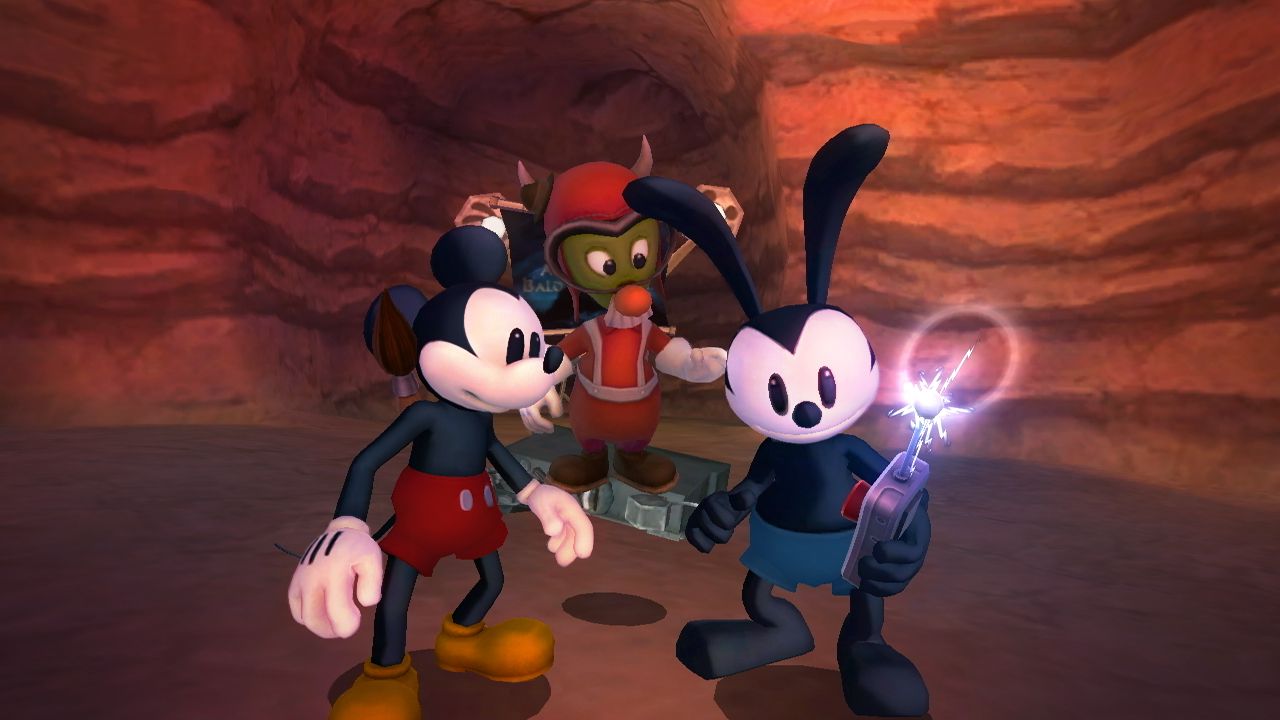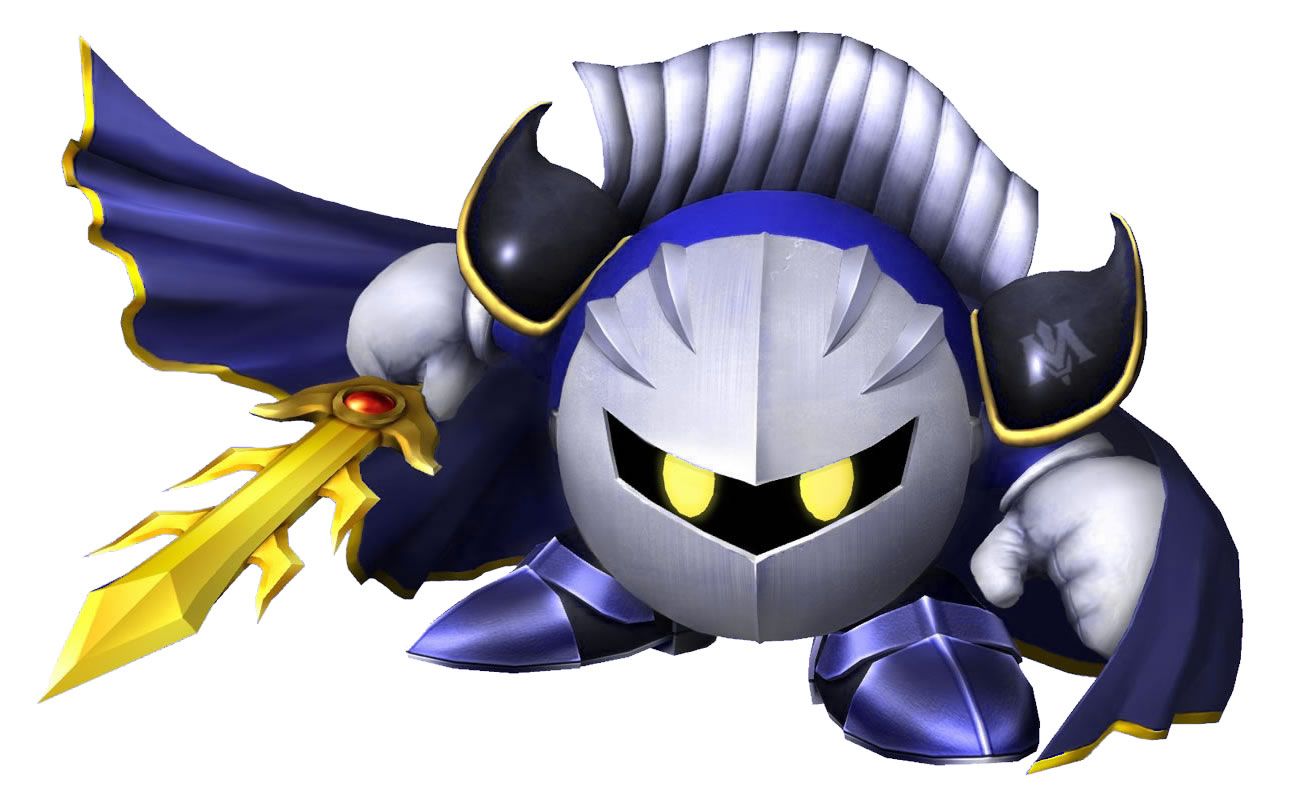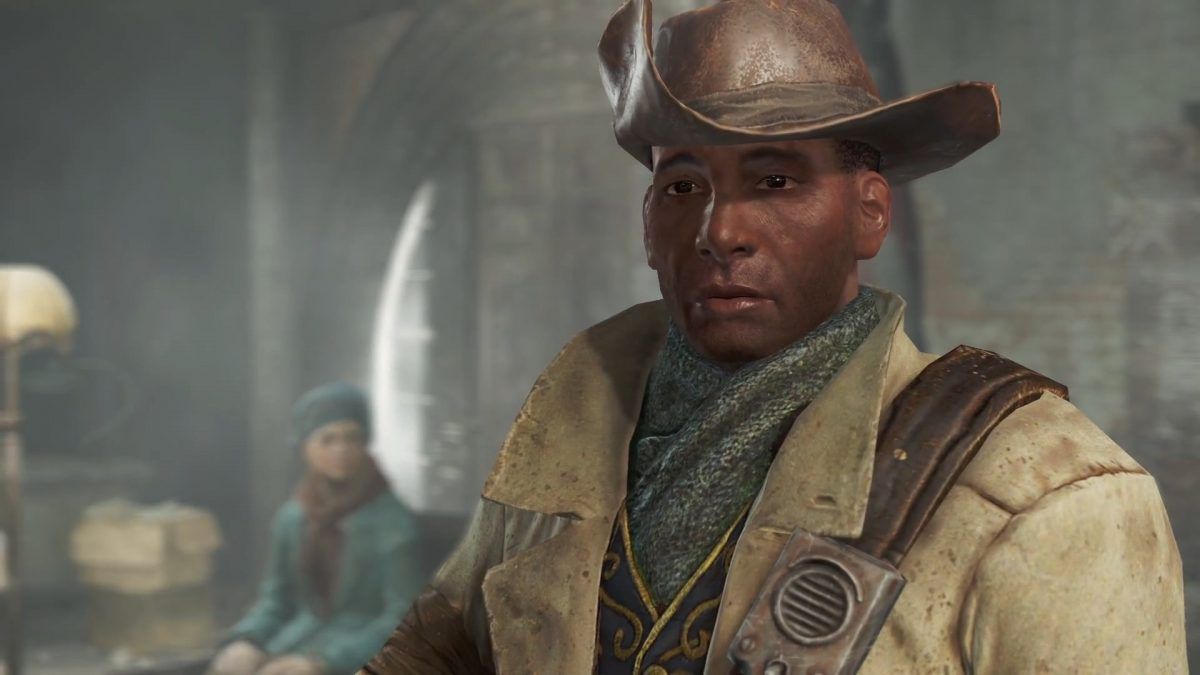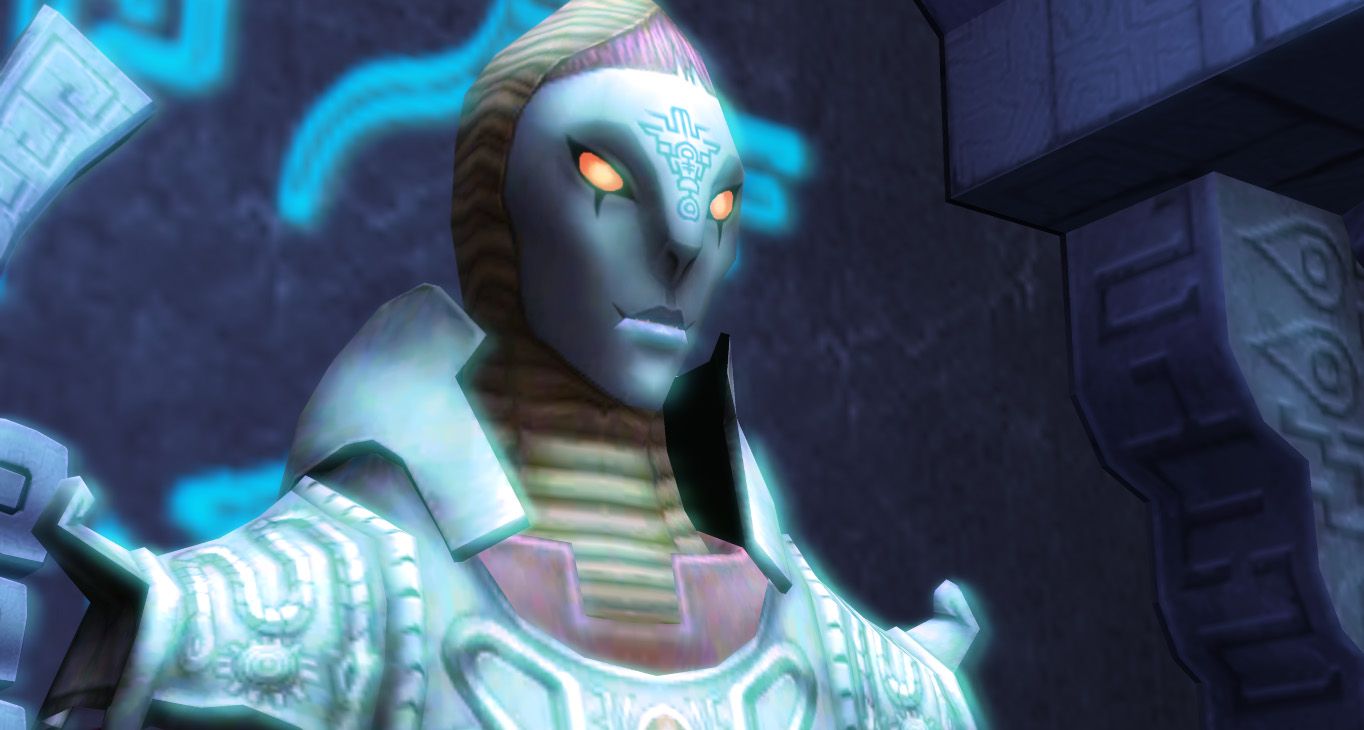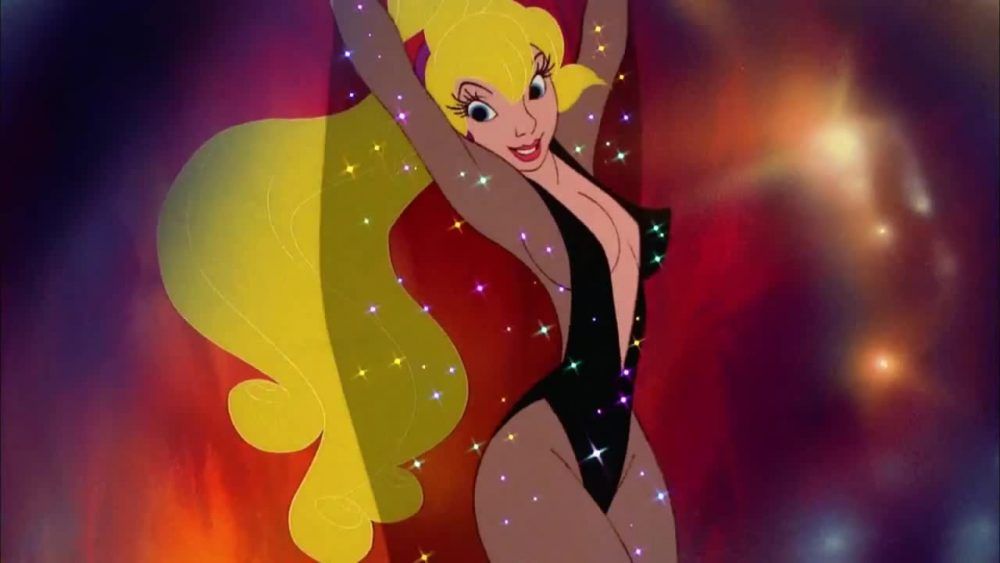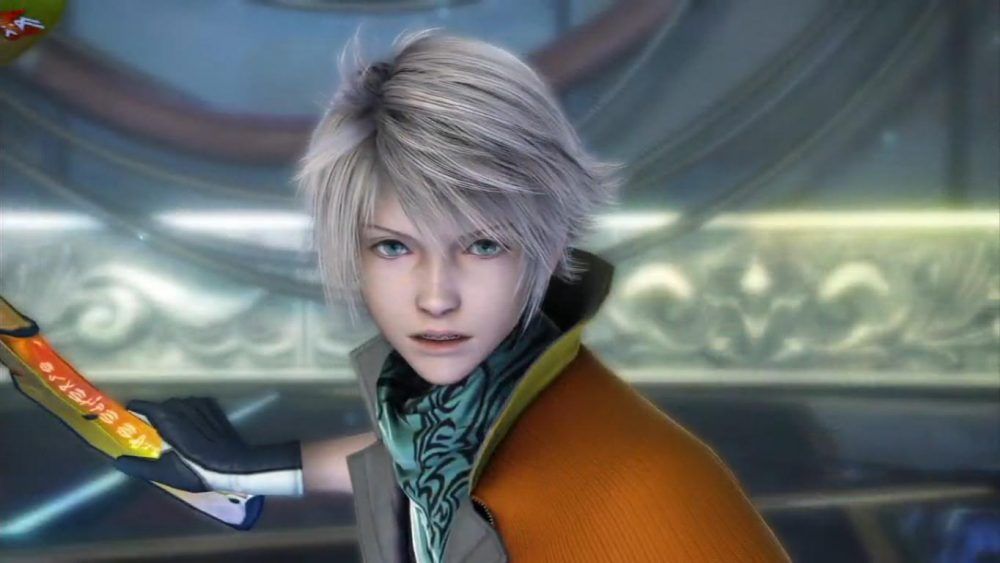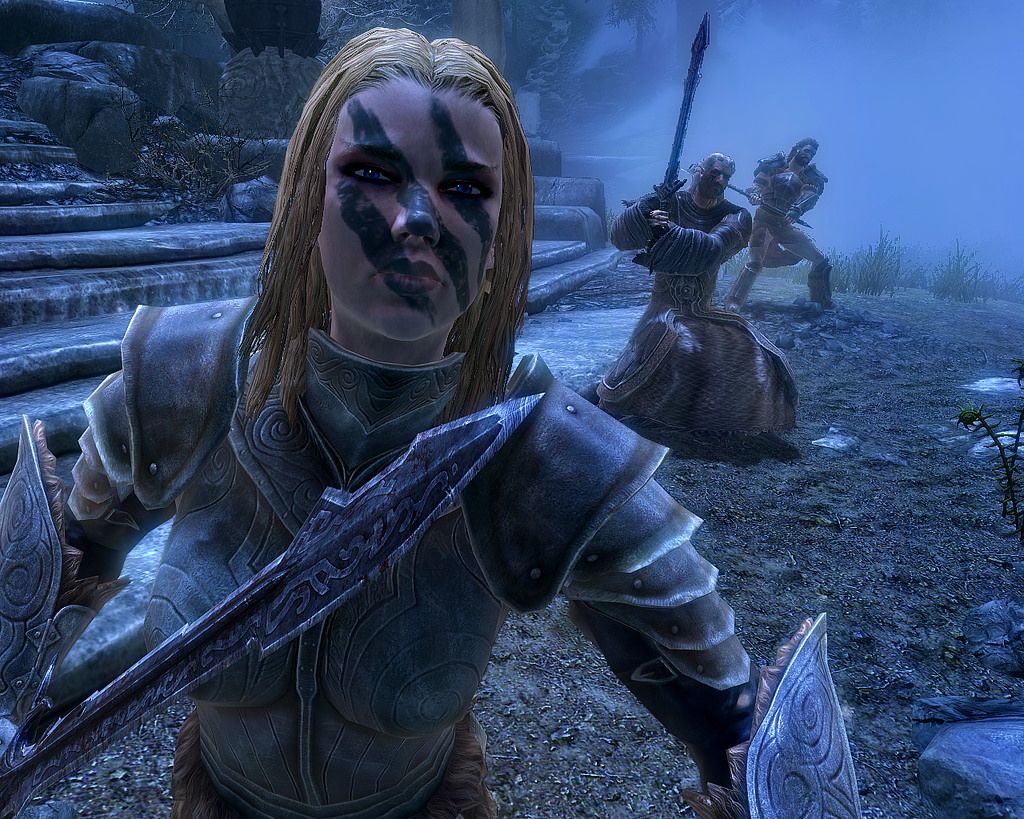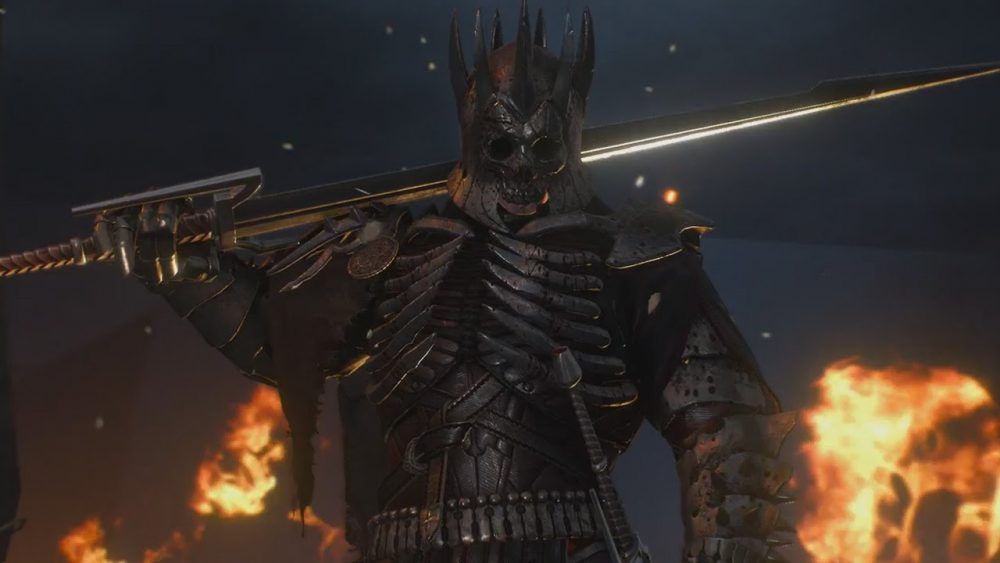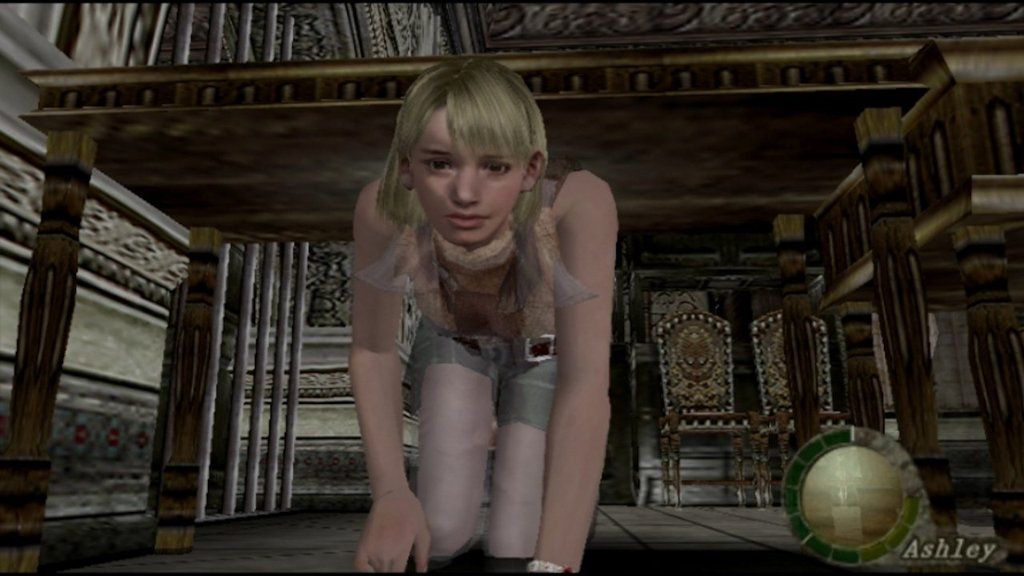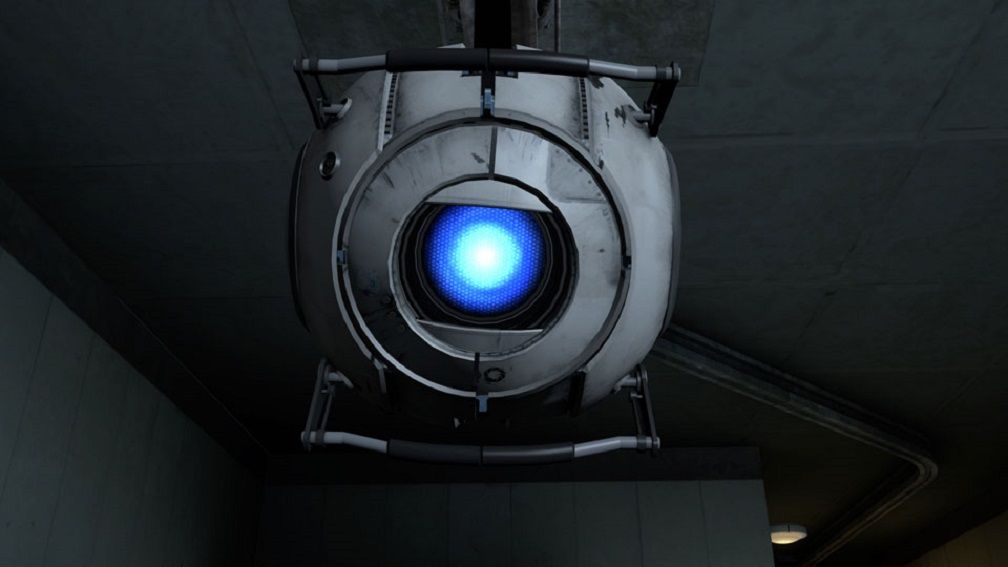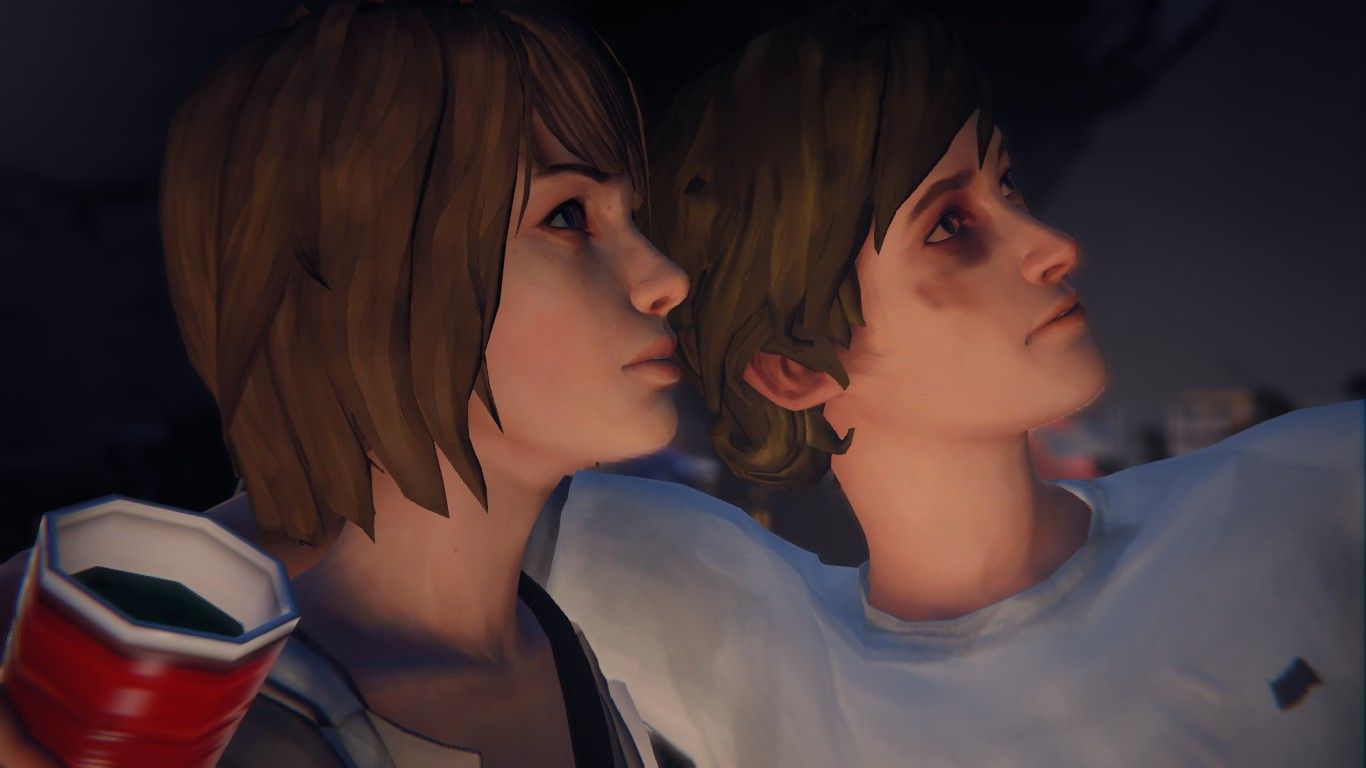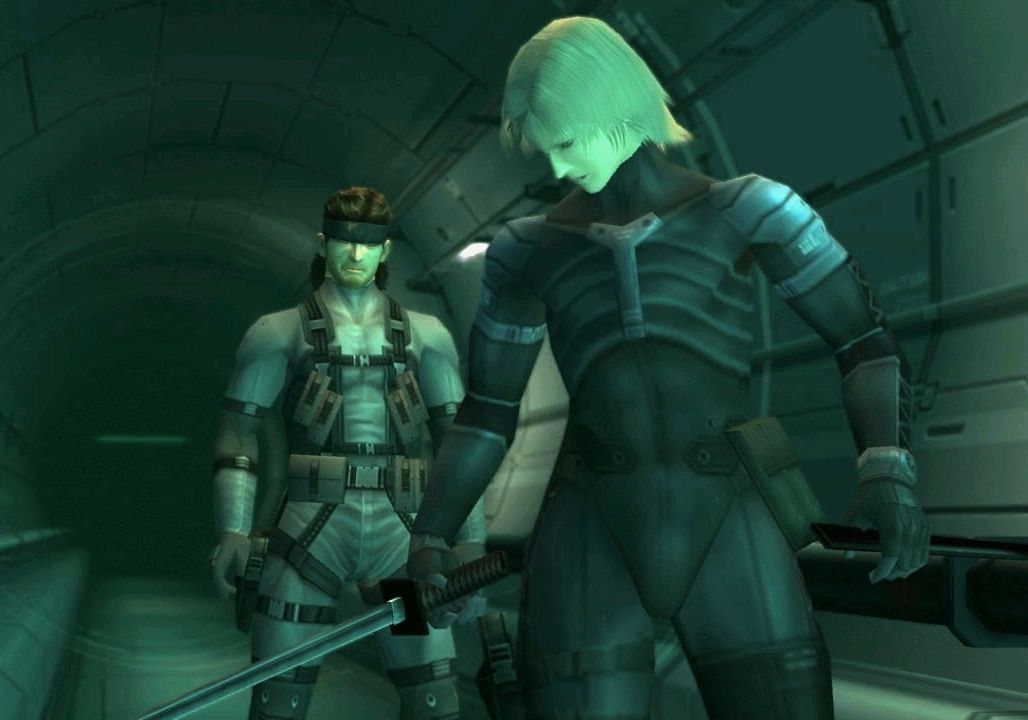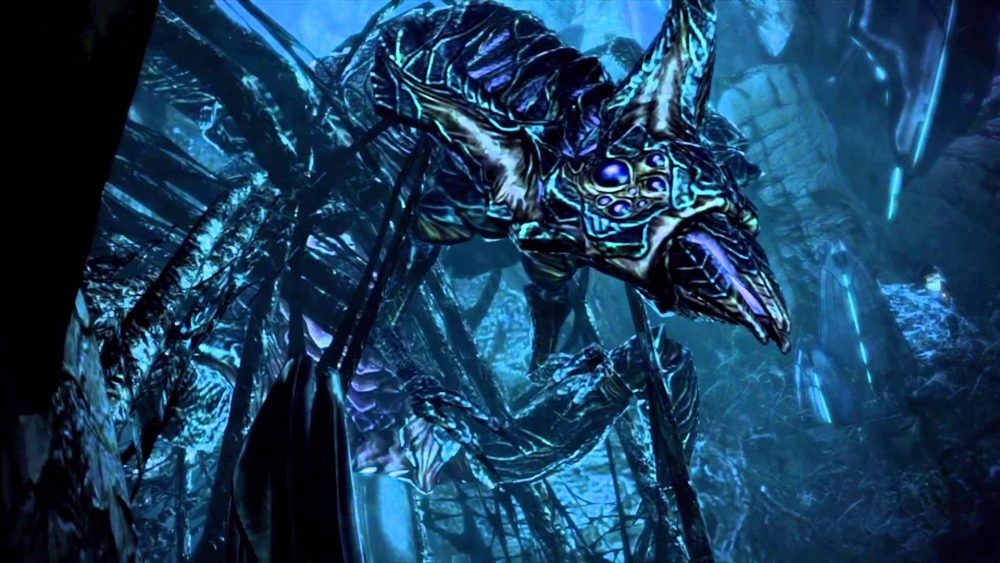Characters may not always be the centerpiece of video games, but they always influence their games. A single character can ruin a gaming experience through terrible mechanics, bad voice acting, and poor characterization.
Some of the most disappointing characters in games are those who defile previously brilliant characters. Whether those great characters are replaced or transformed into monstrosities, the loss of certain characters will always produce backlash in the gaming community. Individuals who negatively change between games are particularly difficult to witness. Good characters should always be preserved, yet some makers violate characters through terrible origin stories and harmful character development.
The members of this list harm their games in multiple ways. Written poorly and designed with questionable intentions and mechanics, these characters represent the largest flaws in game design. Most are central parts of their games; the exceptions have little screen time yet a huge impact, thus ruining their scenes and often worsening entire games. A fourth of the listed characters are primary protagonists, causing their games’ stories and gameplay to extensively suffer.
Any bad part of a game can be endured, but these characters are extremely difficult to tolerate. Whether players play through a whole game or quit early, these characters will often prevent players from ever touching the game again. Whether they disappoint players throughout the game or in a single moment, these characters play pivotal roles in their games. In recognition of the greatest mistakes in the gaming world, here’s 25 characters who absolutely ruined their games.
25 Galen Marek (Star Wars: The Force Unleashed series)
As a largely emotionless protagonist who disrupts the canonical Star Wars timeline by murdering movie characters, Galen Marek (aka Starkiller) represents the greatest problems with The Force Unleashed games. Watching our favorite characters die is upsetting; watching them die in an alternate timeline is absolutely repulsive. The deviations from canon make The Force Unleashed and its protagonist difficult to relate to.
Starkiller may be a talented warrior who’s fun to control, but he’s uninteresting because of his unlimited power and consequent arrogance. His apathy and terseness work well for an evil video game protagonist though. Regardless of how you view Galen Marek’s character, at a certain point you’ll put down the controller so you can cease destroying everything you love about Star Wars.
24 Dust (Dust: An Elysian Tail)
Dust is a pretty good game, but the same cannot be said for its voice acting. Only Fidget offers great lines and even she has her problems.
The character with the worst voice—and the most lines in the game—is Dust. With an unreasonable temper, a breathy voice, excessive angst, and an overbearing self-identity crisis, Dust is extremely hard to listen to and almost impossible to empathize with.
While the other characters of the game are bearable, Dust will quickly tempt you into muting your device or skipping cutscenes. If you choose to endure his voice, you’ll spend almost as much time listening to him as controlling him. Dust provides wonderful combat, but his story and horrendous voice acting interrupt the positive attributes of his game.
23 Madame Flurrie (Paper Mario: The Thousand-Year Door)
Mario games have always been perfectly designed for all ages. Madame Flurrie is the blaring exception. With no clothes and large breasts that bounce whenever she moves, Flurrie visually scars her E-rated game.
Flurrie also provides an uninteresting story. As one of the least complicated characters in the game, she purely obsesses over jewels and whatever she deems cute. Her first significant action is to kiss Mario against his will and she joins your party simply out of boredom and an attraction to Mario.
In combat, Flurrie benefits the battlefield with high HP and an amusing but disturbing move where Flurrie kisses enemies to steal their health. Despite her powerful attacks, Flurrie remains one of the most disliked and underused Paper Mario partners thanks to her inappropriate aesthetic and one-dimensional personality.
22 Royce (Transistor)
With a simple, somewhat generic dystopian setting, Transistor maintains a mysterious and alluring world until Royce steps in. Royce’s voice screams “bad guy,” yet Royce actually contributes little to the apocalyptic events of Transistor. Instead of manipulating the Process to shape the world to his liking, Royce helps the player put an end to the Process. He only becomes the final boss by accident—an accident which makes absolutely no sense in the established rules of the game.
Royce could have been great, but the creators mistakenly made Royce an unintelligent hero instead of a manipulative antagonist. Instead of preserving the game’s mystery, Royce causes confusion. Creating more questions than answers, Royce unnecessarily complicates the game and produces a disappointing ending.
21 Oswald The Lucky Rabbit (Epic Mickey 2: The Power of Two)
While Mickey offers a fascinating and entertaining style of gameplay by creating and removing objects, Oswald contributes nothing new to the gaming world. He possesses only one attack and one solution to puzzles, whereas Mickey has two of each. Oswald is a wonderful NPC in Epic Mickey, yet he makes a dissatisfying protagonist in the sequel. His complicated, jealous personality is replaced by a purely virtuous character, making him similar to Mickey and far less interesting than he was in the first game.
Oswald also embodies the worst mechanic of Epic Mickey 2: two players are required to play the game. Somebody must always play Oswald while another plays Mickey. Instead of allowing players to switch between characters, like the Lego games, Epic Mickey 2 prohibits a single-player mode and forces Oswald upon players.
20 Leblanc (Final Fantasy X-2)
One of the largest sources of criticism for Final Fantasy X-2 is its female outfits. With little clothing and too much time spent talking about men, the three playable characters feel like they belong in fanfiction rather than a canonical sequel to Final Fantasy X.
Nonetheless, the trio’s outfits fit into a reality-based fashion—except maybe Rikku’s bikini. Leblanc, on the other hand, is absolutely ridiculous. No physics can explain how her loose V-robe remains attached to her body. As the primary antagonist of the game’s first chapter, Leblanc can easily dissuade people from playing Final Fantasy X-2. With an infuriating ego and obsession with Nooj (or, in her words, “Noojie-Woojie”), Leblanc exemplifies the silliness and patriarchy which dominate the game.
19 Meta Knight (Super Smash Bros. Brawl)
If players master Meta Knight, they may make the character untouchable through a ridiculous move known as the Infinite Dimensional Cape. The Dimensional Cape was most likely intended to be a brief move in which Meta Knight teleports to a single location, but players with extreme skill and good timing can teleport Meta Knight forever.
Without any opportunity to hit Meta Knight, opposing players may never attain victory when battling Meta Knight. Entire battles are wasted thanks to Meta Knight’s overpowered, uninteresting move. While modern fighting games maintain balance by continuously modifying characters, no changes could be made to the copyrighted version of Super Smash Bros. Brawl. Meta Knight was banned from official competitive tournaments and he continues to be a nuisance in casual gaming.
18 Ratonhnhaké:ton (Assassin's Creed III)
The setting of colonial America in Assassin’s Creed III is underwhelming compared to Renaissance Italy; Ratonhnhaké:ton too falls short as a descendant of Ezio Auditore da Firenze. Ratonhnhaké:ton, aka Connor Kenway, suffers not only from less versatile weapons but also from confounding motivations.
Despite joining the Assassins out of the mistaken belief that Templars murdered his mother, Ratonhnhaké:ton continues supporting George Washington after discovering Washington destroyed his village. Ratonhnhaké:ton claims to desire freedom and an end to tyranny, yet he fights for a tyrant. Instead of enacting revenge for his village, Ratonhnhaké:ton murders his own people for opposing Washington rather than letting them choose who they want to support. The antagonists’ logic surprisingly makes more sense than Ratonhnhaké:ton’s, making him hard to watch and even harder to play.
17 Baby Mario (Super Mario World 2: Yoshi's Island)
Baby Mario may initially seem cute, but he quickly becomes annoying. If he’s ever knocked off of Yoshi’s back, Baby Mario unleashes a horrendous crying noise until you recover him. If you are unable to keep Mario on your back, you’ll be tempted into muting the game—an action no player should ever have to consider, for Yoshi’s Island has an amazing soundtrack.
The crying obviously serves to remind players that Yoshi protects Baby Mario, but the story and gameplay already support the relationship between the two characters. Players don’t need further incentive to retrieve Baby Mario—if Nintendo wanted to show Mario crying, they should have made the baby visually but silently cry in order to spare players’ eardrums.
16 Preston Garvey (Fallout 4)
Bethesda often includes characters who constantly give repetitive quests. However, players usually follow particular conversation threads to acquire those quests. The quests are available if players want them, but they are easily avoidable. This is not the case for Preston Garvey. If you simply approach Preston, he will automatically assign you quests to help settlements around the map. Having a single source for such quests is nice, but players should always have the option to choose those quests.
The most frustrating part about this mechanic is that Preston is a companion. Unlike other companions, Preston lacks very few lines outside of his quest-related jargon. Instead of writing an interesting story, Bethesda turned Preston into a post who repeats the same lines and never develops into a three-dimensional character.
15 Zant (The Legend of Zelda: Twilight Princess)
Zant is actually an excellent character until the end of the game. With a deep voice, creepy outfit, and terrifyingly calm demeanor as he destroys the world, Zant makes a great antagonist. His utter evil works well for a Zelda game, particularly since that evil is contained within a beautiful suit of twisted armor.
Once freed of his suit, however, Zant falls apart. With an adorable face, silly screams, and erratic movements, Zant changes from a confident intimidation to an insane annoyance.
While some people may hide insanity beneath masks, Zant is too calm throughout the game for his ending to make sense. Instead of making Zant a consistent character, Nintendo chose to make Zant cool until they didn’t need him anymore, at which point Ganondorf replaces Zant as the villain who calmly awaits the player.
14 Princess Daphne (Dragon's Lair)
For a kids’ arcade game, Dragon’s Lair has a shockingly inappropriate ending. Princess Daphne is probably the greatest example of how games objectify women to please male gamers. With little clothing—all of which is either translucent or form-fitting—and an amused, breathy voice, Daphne is designed to be the ultimate damsel in distress who simultaneously cares more about twisting her body and praising the protagonist than escaping her dire situation. Daphne’s high-pitched voice and extreme caricature are initially amusing and later infuriating. Instead of assisting the player during the final battle, the camera constantly cuts to Daphne posing. While she may have hooked some players, Princess Daphne can dissuade players from picking up Dragon’s Lair thanks to her role as an offensive joke rather than a believable character.
13 Hope Estheim (Final Fantasy XIII)
Final Fantasy XIII is known for its painfully long first half. With extreme handholding, inconsistent pacing, few dungeons, and uncountable cutscenes, the first 20-30 hours test players’ patience. One of the worst parts of the game’s opening is Hope.
Hope has almost no character development during the game’s first half and the character we’re stuck with is extremely shallow. Driven solely to kill Snow, Hope sees Snow multiple times but neither attacks nor confronts the man. Instead, he sulks while constantly repeating his intention to murder Snow, forcing us to witness the same events and lines over and over.
As an angst-filled adolescent who takes hours to change, Hope is the least relatable and most annoying character in Final Fantasy XIII—if not the entire Final Fantasy series.
12 Allies In The Final Battle (The Elder Scrolls V: Skyrim)
In order to battle the final boss of Skyrim, you must acquire the aid of three dead heroes: Felldir the Old, Gormlaith Golden-Hilt, and Hakon One-Eye. Unfortunately, their help is necessary because of plot, not difficulty. Alduin is no harder than when you independently fought him earlier in the game, making the final boss battle extremely easy and disappointing.
The three heroes also lack an interesting story. While the three exhibit a pleasant dynamic earlier in the game, in Sovngarde they ignore their past and help the Dragonborn without hesitation. By assisting players regardless of the players’ previous actions, these allies function as tools rather than characters. Sovngarde may look beautiful, but its people and quests are without challenge or personality.
11 Eredin Bréacc Glas (The Witcher 3: Wild Hunt)
Eredin may surpass Zant in his consistent behaviors, but his behaviors make absolutely no sense. Kidnapping Ciri to defeat the White Frost would normally be a wonderfully complicated threat, but Eredin’s presence falls short because Ciri chooses to defeat the White Frost. Eredin thus becomes pointless by the game’s end.
The Wild Hunt works well as a mysterious group of wraith-looking monsters; they surprisingly fall apart when given characters. Eredin unsatisfyingly removes the mystery of the game, revealing he pursues Ciri out of a childish refusal to negotiate rather than a compelling desire to sacrifice Ciri and save the universe.
Eredin’s voice is also extremely confusing. Wearing a mask would realistically quiet Eredin’s voice, yet for some reason his voice changes when he removes his mask. Without logical voices or motivations, the members of The Wild Hunt start out as great antagonists but soon become inconsequential.
10 Ashley Graham (Resident Evil 4)
Protecting Ashley Graham will quickly get on the nerves of anyone playing Resident Evil 4. Unfortunately, the game revolves around defending her. With a high voice and an irritating ego as the President’s daughter, Ashley spends most of the game either screaming at you or criticizing you. Her repetitive, condescending lines will drive most players into muting their devices; otherwise, they’ll have to endure Ashley for the majority of the game.
Despite the chapter in which you control Ashley and defeat zombies with her, she never seems to significantly improve her fighting skills; thus players must constantly defend her. Later zombie games like The Last of Us fortunately learned from Ashley by making AI who can defend themselves or, better yet, are completely unnoticed by enemies.
9 Wheatley (Portal 2)
While GLaDOS’s lines are perfectly paced and thoughtful throughout both Portal games, Wheatley’s lines are thoughtless, repetitive, and unending. Wheatley is an annoying companion and even more infuriating as an antagonist, making Portal 2 far less enjoyable than its prequel despite the longer game length and larger variety of puzzles. Falling into underground ruins without any companions may sound lonely, but in Portal 2 it’s a relief thanks to the absence of Wheatley.
Some players may find Wheatley amusing and lovable, but even they cannot deny his inferiority to GLaDOS. Although it may have felt repetitive with GLaDOS as the primary antagonist, Portal 2 probably would have benefitted from reusing the magnificent robot and entirely excluding Wheatley from the game.
8 Warren Graham (Life Is Strange)
As one of the two romanceable character in Life Is Strange, Warren naturally invites players to talk to him. Once you talk to him, you’ll wish you never had. Warren is a creepy, violent, uncharismatic character who constantly texts and stalks the protagonist. Some players may be deceived by his innocent exterior, but those who dig into the game will discover Warren’s darker side. Exhibiting violence and sexual aggression, Warren pursues multiple women during the game and will hit on your character whether you reject him or not.
Warren’s terrifying no matter what, but he’s especially disappointing because he’s the only male character players can have a romance with. By forcing players to interact with an overly romantic, disturbed teenager, Life Is Strange could easily dissuade high schoolers from establishing romantic relationships.
7 Raiden (Metal Gear Solid 2: Sons of Liberty)
Surprisingly little time is spent playing Solid Snake in a game named after him. While players use Snake in the prologue, the remainder of the game is spent in the shoes of newcomer Raiden, aka Jack. The shift away from Snake would be disappointing no matter what, but Raiden is a particular nuisance—his first five minutes involve arguing with his girlfriend and his commanding officer during a stealth mission.
Rather than advancing Snake’s character, Sons of Liberty spends far too much time exploring Raiden’s uninteresting character. Raiden carries out much of this exploration; he constantly explains his own past and ponders over “the burden of what [he’s] done.” Raiden fails as both a character and soldier, making him a terrible replacement for Solid Snake.
6 The Breeder (Mass Effect 3)
As a choice-based trilogy, Mass Effect offers branching events and characters that let players experience the games differently. Major events occur regardless of players’ previous choices, but those choices can influence the subtleties of events. One character’s death causes another character to take their place, establishing a realistically dynamic world with an unchangeable series of primary events.
The Breeder, however, is a completely unbelievable replacement for the Rachni Queen. If you spare the Rachni Queen in the first game, she reappears in the third game as a prisoner forced to spawn soldiers. If you kill her in the first game, the Reapers construct an identical creature known as The Breeder. Instead of allowing players’ choices to matter, BioWare throws in a convenient replica. The ways in which BioWare manipulate players into an unchanging storyline has always been obvious, but The Breeder is a slap in the face rather than a realistic addition to the Mass Effect universe.

